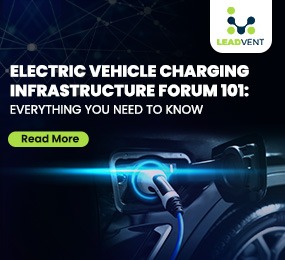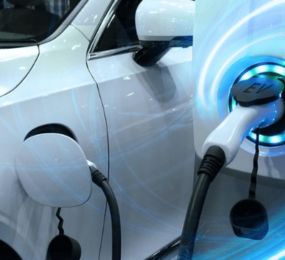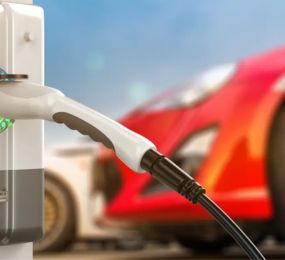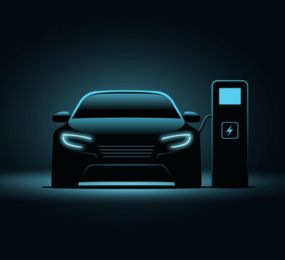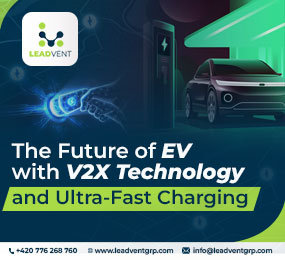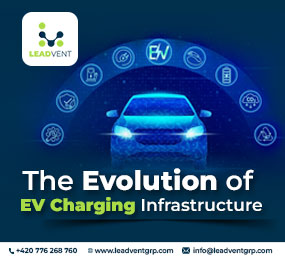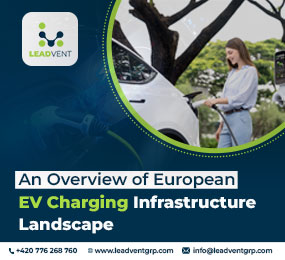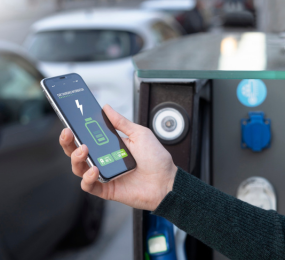In recent years, the electrification of transportation has gained significant momentum, with electric vehicles (EVs) becoming increasingly popular choices for environmentally-conscious consumers. Central to this transition is the evolution of EV charging infrastructure, which has undergone remarkable advancements to support the growing adoption of electric vehicles.
Early Developments:
The journey of EV charging infrastructure traces back to the early days of electric vehicles when limited charging options were available primarily for experimental purposes. Basic charging stations, often referred to as Level 1 chargers, provided slow charging capabilities using standard household outlets, offering convenience for overnight charging but lacking the speed required for widespread adoption.
Expansion and Standardization:
As the demand for EVs grew, the need for faster and more accessible charging solutions became apparent. This led to the development of Level 2 chargers, capable of delivering higher charging speeds and compatibility with a wider range of EV models. Furthermore, the establishment of industry standards such as the Combined Charging System (CCS) and CHAdeMO facilitated interoperability and streamlined the charging experience for EV drivers.
Rise of Fast Charging Networks:
The advent of fast charging technologies marked a significant milestone in the evolution of EV charging infrastructure. Fast charging stations, commonly known as Level 3 or DC fast chargers, offer rapid charging capabilities, enabling EV drivers to recharge their vehicles in a fraction of the time compared to conventional chargers. This development spurred the growth of fast charging networks operated by companies like Tesla, Electrify America, and Ionity, expanding access to fast charging along major highways and urban centres.
Smart Charging and Grid Integration:
As EV adoption continues to rise, the focus has shifted towards optimizing charging infrastructure for efficiency and grid integration. Smart charging solutions leverage digital technologies and data analytics to manage charging patterns, minimize peak demand, and integrate renewable energy sources into the grid. Additionally, bidirectional charging capabilities enable EVs to serve as energy storage devices, supporting grid stability and resilience.
Future Outlook:
Looking ahead, the evolution of EV charging infrastructure shows no signs of slowing down. Innovations such as wireless charging, ultra-fast charging, and vehicle-to-grid (V2G) integration promise to revolutionize the way we power electric vehicles. Moreover, advancements in battery technology and renewable energy generation are expected to further enhance the sustainability and accessibility of EV charging infrastructure.
Visit our website to know more: https://www.leadventgrp.com/events/2nd-annual-ev-charging-infrastructure-forum/details
For more information and group participation, contact us: [email protected]
Leadvent Group - Industry Leading Events for Business Leaders! www.leadventgrp.com | [email protected]


